App State working toward a more diverse faculty
January 2, 2020
Working to increase mentor relationships between students and faculty and improve underrepresented students’ academic performance, App State administration has developed initiatives to recruit underrepresented groups in faculty member selection processes. Nine percent of App State’s faculty are from diverse populations.
“As an institution, we recognize research shows increasing the diversity of our faculty and staff improves academic performance of underrepresented students, provides students with mentors and role models,” said Megan Hayes, associate vice chancellor and chief communications officer.
Some students agree that having more faculty of color at App State would create better mentor relationships and connections to students.
Makaylia Ray, freshman communication science and disorders major, said when she transitioned from a predominantly black high school to a predominantly white high school, she was able to connect with the minority teachers because they understood what she was experiencing as they were also a minority within their teaching group.
“I think that diversity would help students here feel more connected to the faculty and give them more motivation to learn,” said Marisa Bush, freshman journalism major.
James Denniston, coordinator of faculty diversity recruitment and inclusion initiatives for the Office of Academic Affairs, presented a plan to the Student Government Association for App State to recruit and hire a more diverse faculty. Administration plans to modify the search process for candidates and minimize bias in recruitment and selection.
Marco Fonseca-Rodriguez, assistant director in multicultural student development, said App State has made “leaps” in realizing it needs to have a more diverse faculty, reflective of App State students.
“We’re starting to see a good growth with the Hispanic population, with the Asian population particularly the Hmong population that is coming from Morganton, North Carolina. The African American population is also growing,” Fonseca-Rodriguez said
Fonseca-Rodriguez said App State can be more intentional in recruitment, diversifying search committees and making Boone more appealing to work in.
“Some of the things that we’re doing is the institution now has the Black Faculty and Staff Association, the App Unidos which is the Hispanic Faculty and Staff Association, there’s an LGBT Faculty and Staff Association and other affinity groups that are really providing a sense of belonging to the faculty,” Fonseca-Rodriguez said.
The Faculty Recruitment Working Group, prioritized by Provost Darrell Kruger and the deans, is working to develop diversity inclusive excellence statements, a faculty recruitment plan to increase diversity in applicant pools and an evaluation rubric to minimize bias and ensure equitable evaluations of candidates. The group wants to develop an interview focusing on questions relating to the individual’s qualifications and avoid discovering protected information during the interview.
Other initiatives include hiring resources to incorporate faculty search committee workshops by Academic Affairs, the Office of Human Resources and Chief Diversity Officer Willie Fleming; standardizing training for search committees knowledgeable on emerging practices in diversity hiring; Human Resource practices ensuring fair and equitable evaluation of all applicants; and providing money for advertisements in outlets that reach diverse audiences. Faculty recruitment postings will be featured on App State’s website, The Chronicle, Higher Ed Jobs and Higher Education Recruitment Consortium.
“Having a diverse and inclusive campus community improves student learning outcomes, fosters innovation and creativity, enhances cross-cultural understanding and better prepares students for global citizenship,” said Denniston.
Some students, however, are concerned that creating a more diverse faculty is trying in a rural town like Boone.
“(Boone) is just known for being predominantly white,” said Katherine Minton, a junior journalism major.
Fonseca-Rodriguez also recognized there are challenges in growing a diverse faculty.
“You have to take into account the cultural ties it has to the geography. We live in a very primarily homogeneous area of the state,” Fonseca-Rodriguez said, “To see a truly drastic change in the demographic or composition of the faculty and staff that work here, it’s going to take a long time.”

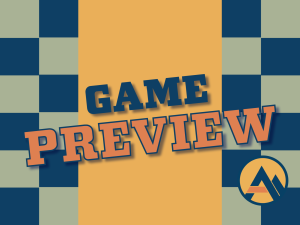

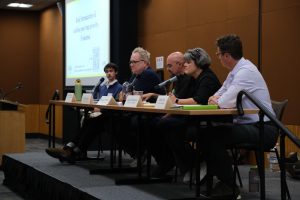
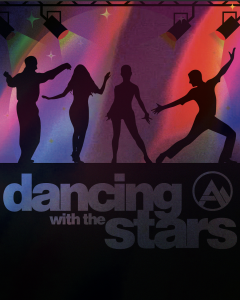
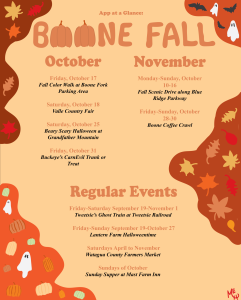
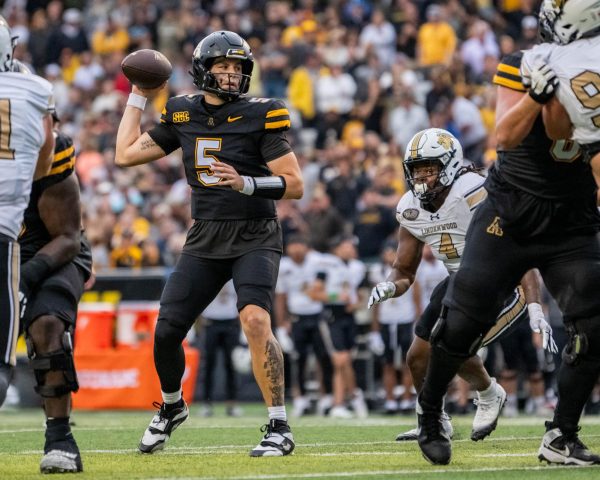

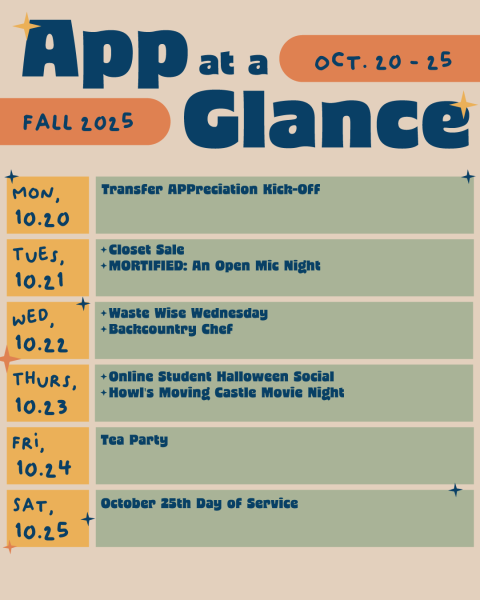
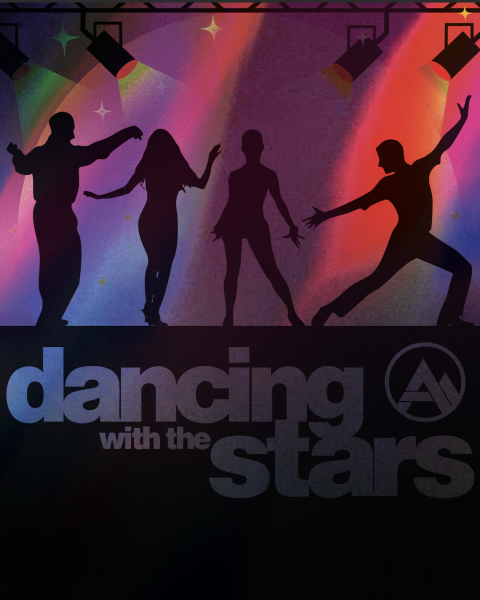
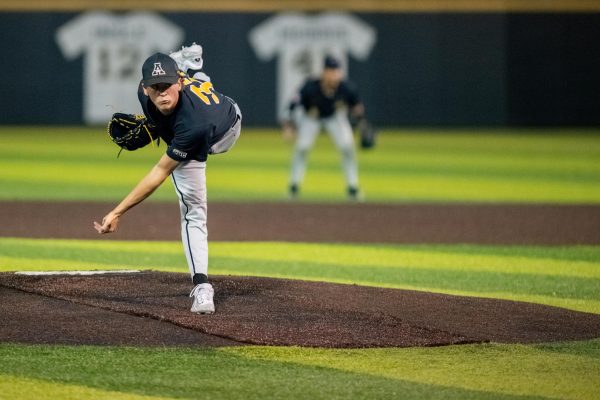

Throw Away • Jan 2, 2020 at 2:54 pm
I am sure they are working toward more diverse staff, so long as that diverse staff is already married to one of their current faculty or staff. Nepotism rules that campus.